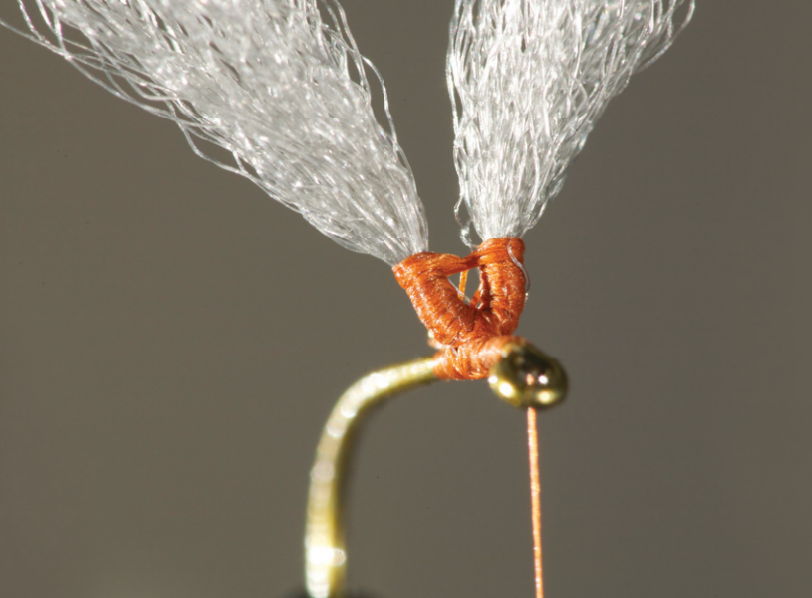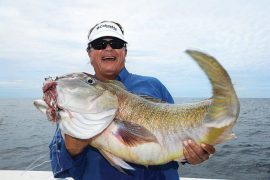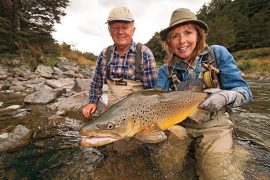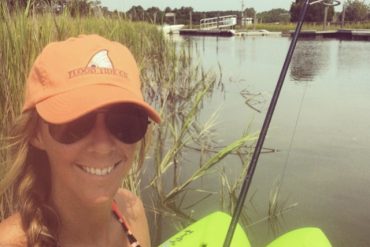
Use these tricks to tie great-looking and durable wings on your floating flies.
[by Dennis Potter]MY LOVE AFFAIR WITH SYNTHETIC DRY FLY WINGS began in the early 1990s. I had the great pleasure of working with the late Calvin “Rusty” Gates and his wife, Julie, proprietors of Gates Au Sable Lodge, located in Northern Michigan. I was a guide, fly fishing instructor, and fly shop rat from 1992 through 1995.
I had tied large numbers of flies for Gates Au Sable Lodge before beginning my other duties in 1992. I churned out several hundred dozen flies each year for Rusty. My specialty was parachutes and other dry flies in sizes 20 to 12. Rusty wanted natural beaver dubbing and deerhair wings for most of patterns. I dreaded cutting, stacking, and erecting hundreds of little deer-hair wings, and believed there had to be a better material.
Back then, we were limited to very few synthetic fibers for tying the wings on dry flies. Polypropylene yarn was the standard ingredient. It made a good looking wing on a finished pattern, but the soft, fine fibers went to mush after catching the first fish, and it was challenging to keep the proper upright wing silhouette on a mayfly. A polypropylene wing also sucked up water like a sponge and made the fly top-heavy.

One spring, I was enjoying…





